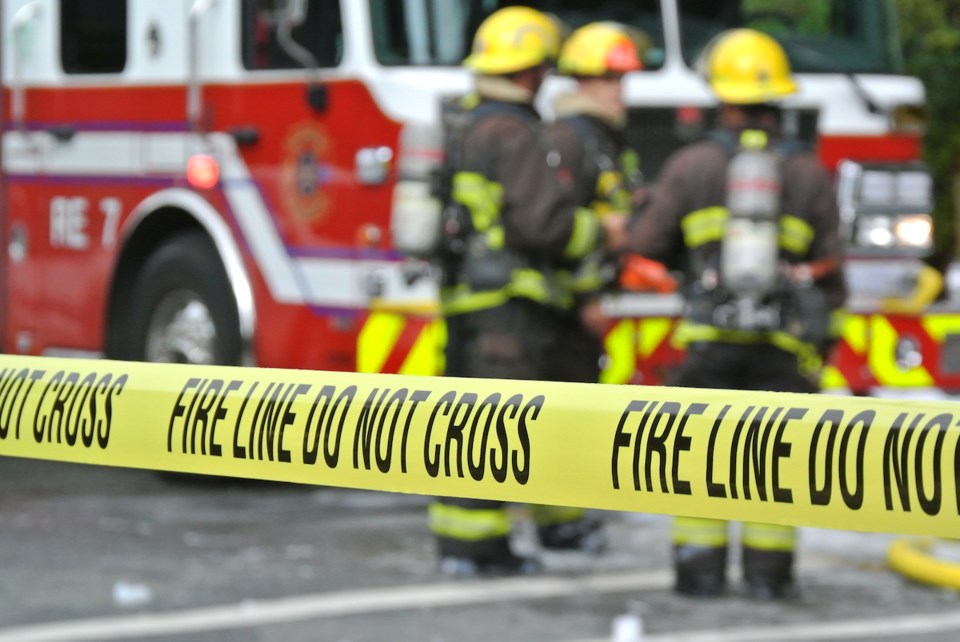Safety is an attitude that requires preemptive learning. In an emergency situation, reaction is often needed within a moment or two. Because of this, it’s not reasonable to expect to have a few moments to brush up on safety tips as an incident is occurring.
Fire extinguishers can be lifesaving tools when used properly and that’s why this National Home Fire Safety Week, Nov. 24 – 30, the Canada Safety Council is sharing tips on effective fire mitigation. This includes using the correct type of fire extinguisher and using the right technique to stop a fire from raging out of control.
According to Fire Prevention Canada, fire kills an average of eight people a week in Canada, with 73 per cent of these fatalities being caused by residential fires.
“It’s important to have the right equipment and to be able to act calmly and with purpose in an emergency while knowing that you have the right tool for the job,” said Gareth Jones, president of the Canada Safety Council. “Home fire fatalities are entirely preventable, but knowing how to deal with a fire when it happens is a critical life skill that can help save lives and property.”
The types of extinguishers
A grease fire, a paper fire and an electrical fire will all react differently. Because of this, fire extinguishers are also designed to react differently. These tools are divided into four classes to better inform your decision-making when buying extinguishers for your home:
Class A:Ordinary combustibles including paper, wood, drapes and upholstery.
Class B: Flammable and combustible liquids including, but not limited to gasoline, oil, grease in a frying pan and paint.
Class C: Electrical equipment including wires, conductors, overheated fuse boxes and appliances.
Class D: Metals, including magnesium and sodium. Typically, these are found in chemical laboratories.
One extinguisher can feature multiple classes; for example, an extinguisher labelled ABC can reliably put out most types of fires. You should have at least one fire extinguisher in your home, though having two or three can be useful if you need one on hand in an emergency situation. Keep them near fire-prone areas including the kitchen, the fuse box, the garage and anywhere you might have open flames.
The technique
Read the instructions before you need to use the extinguisher for any model-specific instructions. Generally, though, most fire extinguishers operate in the same manner. The process for use can be broken down into an easy mnemonic device: the PASS system.
Pullthe pin.
Aimthe extinguisher at the base of the fire.
Squeezeor press the handle.
Sweepfrom side to side at the base of the fire
Extinguishers are at their most effective when they’re used for small fires. If a fire starts feeding on itself and getting larger, do not attempt to fight it. Ensure that everyone evacuates the house immediately and call the fire department. They will be better equipped to handle a higher magnitude of fire than you. There’s no sense in putting your life at risk for it.
Maintenance
Remember to have your fire extinguisher inspected and serviced regularly, at least once a year – it’ll be of no help to you if it’s non-operational when you need it most. The retailer will be able to provide more information on how to have inspection and maintenance done on your extinguisher.
Lastly, don’t forget to refill the extinguisher every time it is used. Don’t wait until it’s empty or near-empty. You don’t want it to run out mid-firefight!
Safety Training
The Canada Safety Council offers a Safety in Fire Preventiononline training course touching on fire prevention in the workplace, including first aid procedures for treating burns. Click the link for more information!



